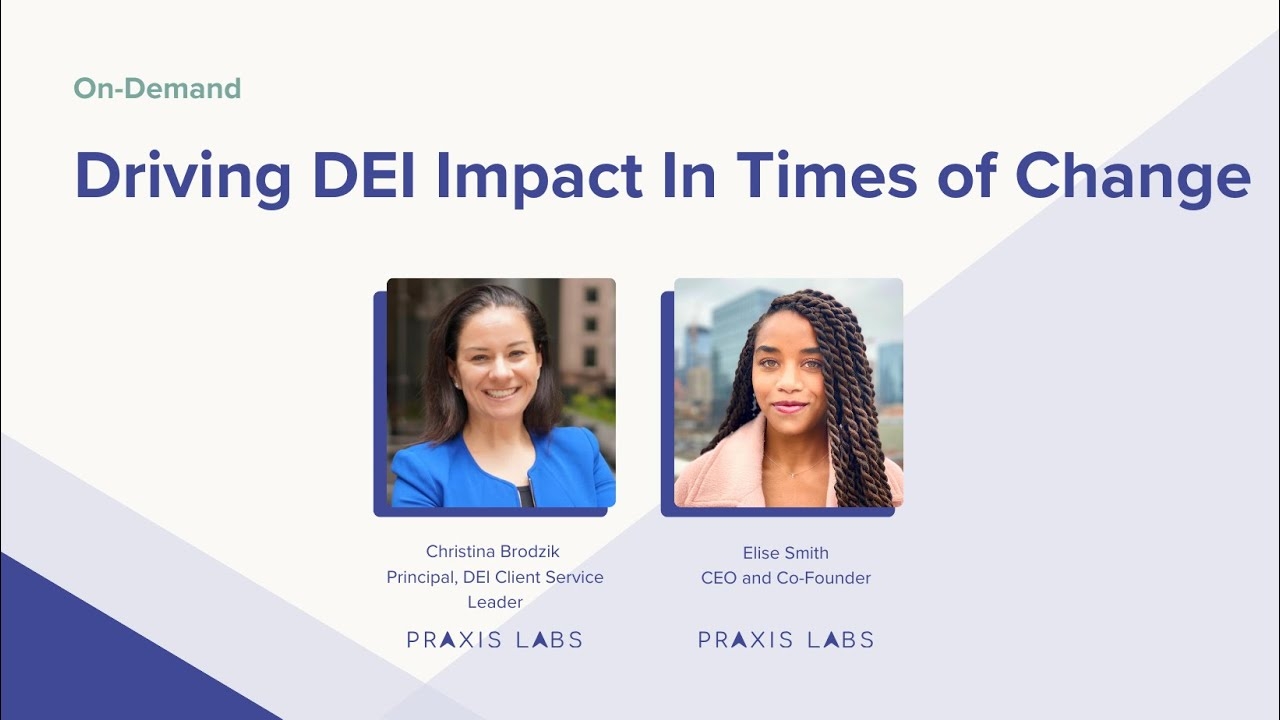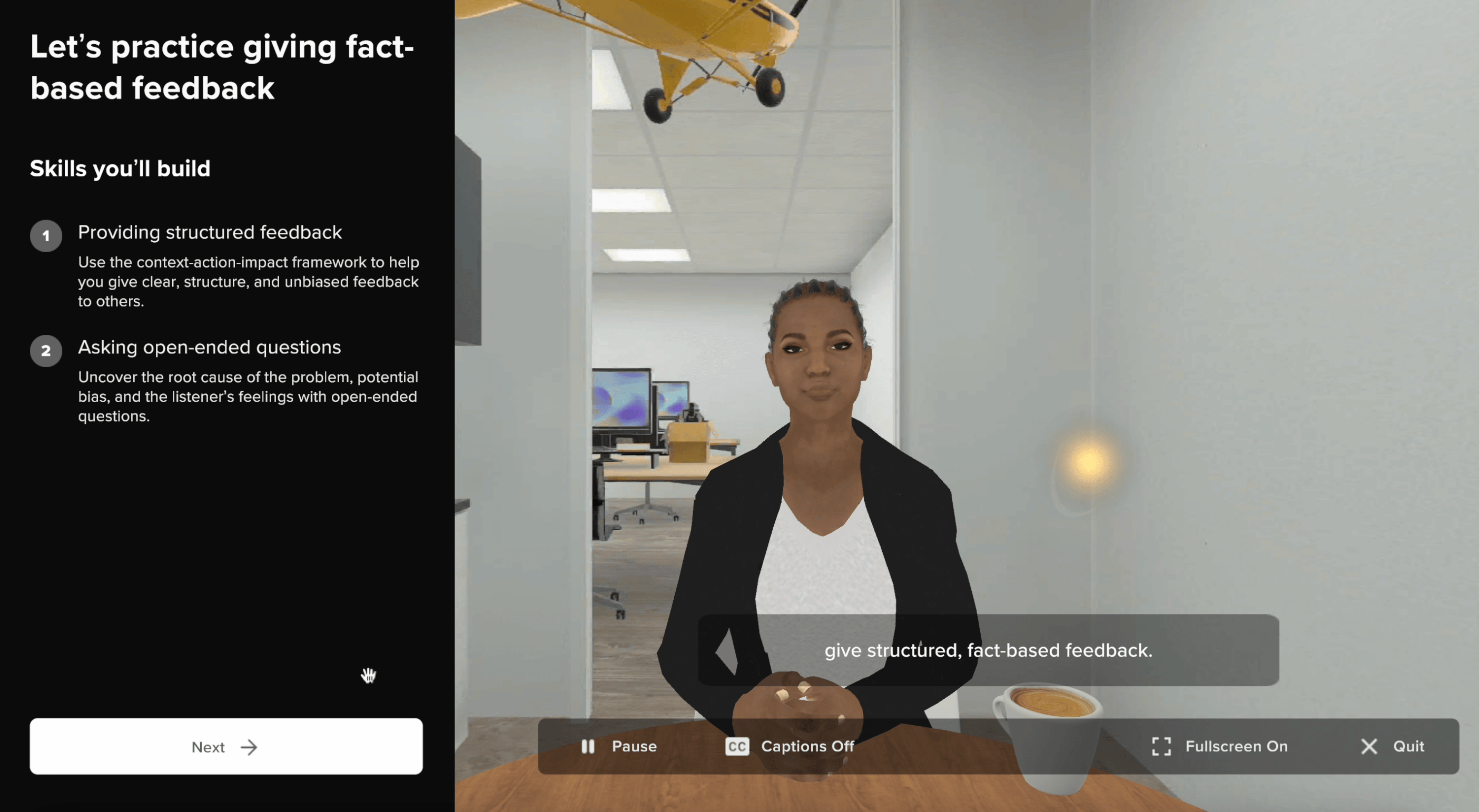- Learning and Development
Create a Culture of Inclusive Leadership with Learning
Considered organizations’ top human capital priority by Deloitte and others, inclusive leadership initiatives that aim to strengthen belonging in the workplace have been proven to improve employee engagement and make teams more productive. But when leaders fail to endorse these efforts, the buy-in is generally lackluster. People groan, “We have real work to do. I’d rather use this time to get ahead.”
As a result, people do not take inclusive programs seriously, and it comes at a cost. The result is a more divided workplace where people view inclusion as something frivolous and feel excluded and uncared for. A Harvard Business Review survey found that feeling excluded makes people 25% less productive.
Inclusive leaders set a different tone.
How to Become an Inclusive Leader
Skilled at engaging with people from diverse backgrounds and creating a sense of belonging for all team members, inclusive leaders encourage employees to build meaningful relationships and learn from one another.
The result? A team that wants to work hard for your organization and feels personally invested in the team’s success. The Harvard Business Review found in a 2020 study that what leaders say and do makes up to a 70% difference as to whether an individual reports feeling included.
What makes a truly inclusive leader? And where do leaders who try to lead thoughtfully generally slip up? An inclusive leader demonstrates authentic commitment to the company’s values and mission, appears humble, and communicates with empathy. And critically, they are willing to accept responsibility when they make mistakes, such as letting biases creep into their decision making.
A Harvard study of more than 400 leaders made by almost 4,000 raters found that the single most important trait generating a sense of inclusiveness in a community is a leader’s visible awareness of bias. Bias becomes most visible in the language leaders use and the decisions they make for the organization (whether that be regarding their choice of a new supplier or a new hire or negotiating the terms of a contract with a freelancer). For leaders who lack experience working with diverse teams, learning in this area should be a priority.
Here’s how you can use learning to become an inclusive leader:
Use learning to chart a path forward
Organizational success depends on people’s success. Investing in forward-looking L&D programs is one way to support your employees’ growth as inclusive partners who are aware of their biases. Leveraging the perspective-taking power of immersive technologies is one proven way to ensure your people have the resources they need to be thoughtful teammates.
Continue to invest in DEI training
Despite significant evidence that DEI is considered a top priority by key stakeholders, a recent report showed that when companies need to cut costs, HR and DEI programs are among the first to go. How company leaders understand (or don’t understand) the importance of inclusion in the workplace sets the standard for an entire organization.
Practice collaborative decision-making
Inclusive leaders are willing to take risks and challenge the status quo in order to create a more equitable and inclusive workplace. This means asking for honest feedback and incorporating it into the decision-making process.
Embrace humility
We all have learning to do. Being an inclusive leader means showing that you, too, are working to remedy your unconscious biases. Publicly admitting when you’re wrong promotes a culture of psychological safety, where people feel comfortable speaking up, and this has repeatedly been proven to be the difference between average and high-performing teams.
Learning drives companies forward
There’s a reason L&D and HR professionals are working closer and closer with leaders each year. In today’s hybrid workplace, the strength of the working community determines whether employees check out or roll up their sleeves. When the people at the top go through proper training and act conscientiously, they produce more inclusive outcomes.









